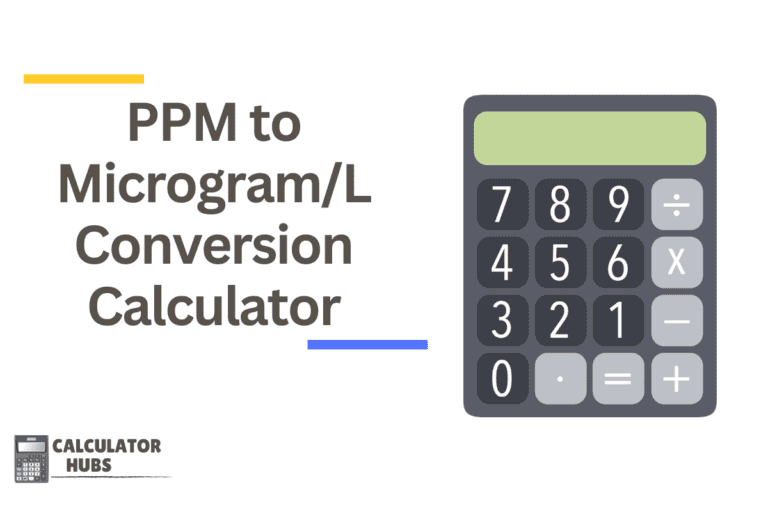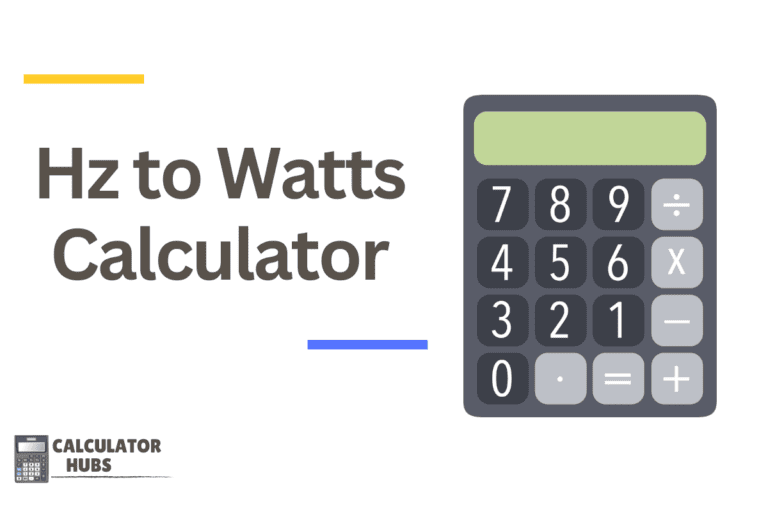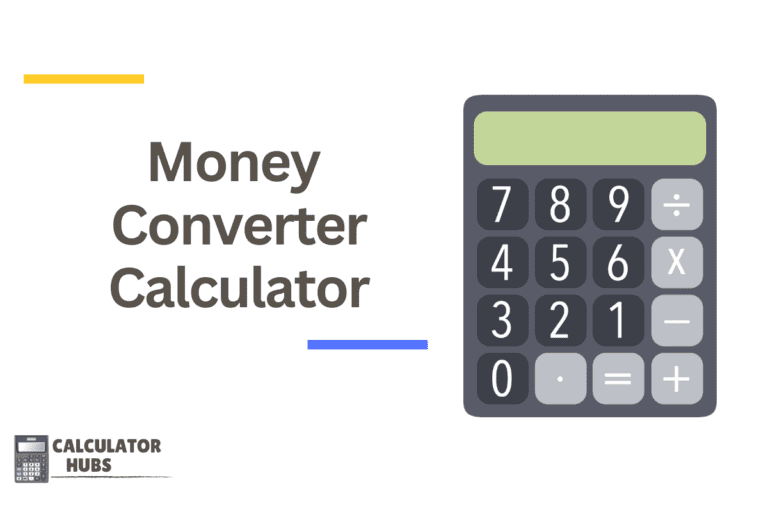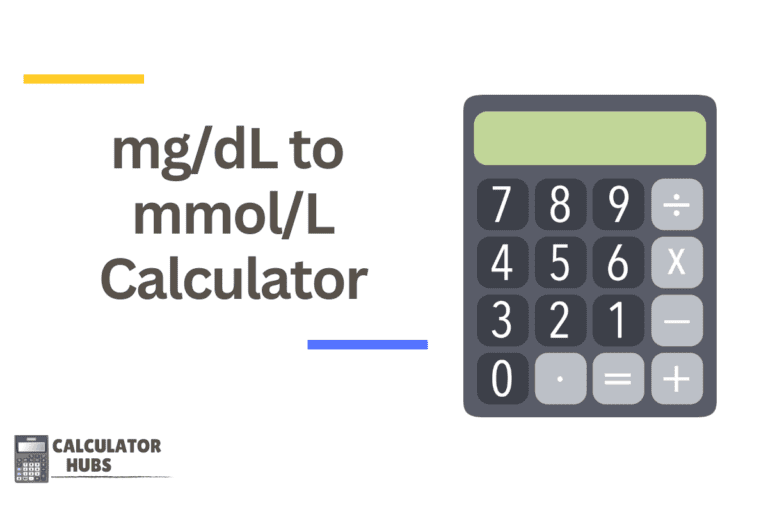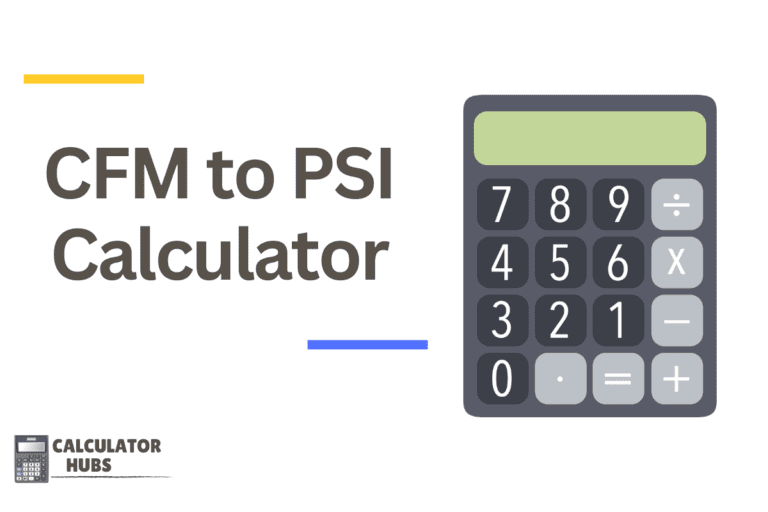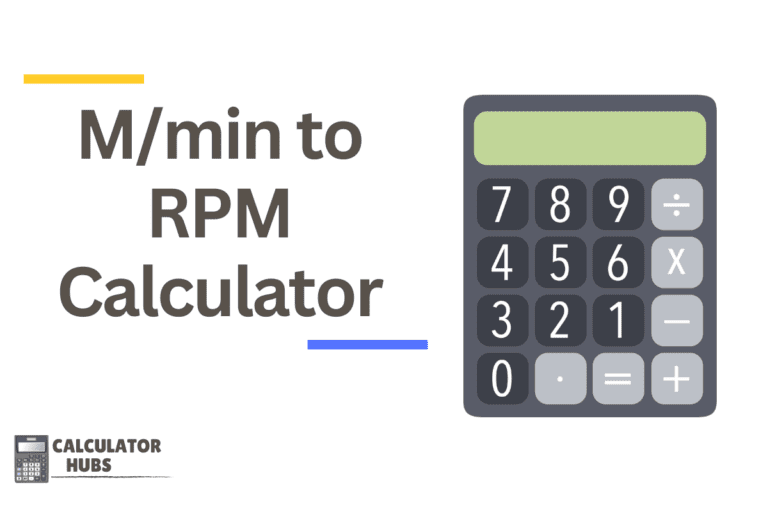Viscosity of Air Calculator
Dynamic Viscosity: 0.00 kg/(m·s)
A Viscosity of Air Calculator is an essential tool in fields such as aerodynamics, HVAC (Heating, Ventilation, and Air Conditioning), and other fluid dynamics applications. This calculator helps professionals and researchers determine the viscosity of air under varying temperatures and pressures, which is crucial for designing efficient systems and conducting accurate simulations.
How the Viscosity of Air Calculator Works
Viscosity, often referred to as the "thickness" or internal friction of a fluid, is a measure of its resistance to gradual deformation by shear stress or tensile stress. For gases like air, viscosity increases with temperature and varies slightly with pressure. The calculator provides an easy way to estimate the dynamic viscosity of air based on its temperature and atmospheric pressure.
Key Inputs:
- Temperature (T): Air temperature, typically in degrees Celsius (°C) or Kelvin (K).
- Pressure (P): Atmospheric pressure, generally in atmospheres (atm) or pascals (Pa), though standard air viscosity calculations often assume a constant pressure.
Calculation Formula:
The viscosity of air can be estimated using empirical formulas or the Sutherland’s formula, a common method in aerodynamics which accounts for the temperature-dependence of viscosity:
μ = μ0 × (T/T0)^(3/2) × (T0 + S) / (T + S)Where:
- μ is the viscosity at temperature T,
- μ0 is the reference viscosity at reference temperature T0,
- T is the actual temperature,
- T0 is the reference temperature (usually 273.15 K),
- S is the Sutherland's constant for air (approximately 110 K).
General Terms and Definitions Table
| Term | Definition |
|---|---|
| Viscosity (Dynamic) | A fluid’s internal resistance to flow, measured in Pascal-seconds (Pa·s) or microPascal-seconds (μPa·s). |
| Temperature | The degree or intensity of heat present in the air, measured in degrees Celsius or Kelvin. |
| Pressure | The force exerted by the atmosphere over a surface, typically measured in pascals or atmospheres. |
| Sutherland’s Constant | An empirical constant used in calculations involving the temperature dependency of the viscosity of gases. |
Example of Calculator Use
Scenario:
Calculate the dynamic viscosity of air at 25°C assuming standard atmospheric pressure.
Calculation:
- Temperature (T): 298.15 K (25°C + 273.15)
- Reference Temperature (T0): 273.15 K
- Reference Viscosity (μ0): 1.716 x 10^-5 Pa·s (viscosity of air at T0)
- Sutherland's Constant (S): 110 K
Using the Sutherland’s formula:
μ = 1.716 x 10^-5 × (298.15/273.15)^(3/2) × (273.15 + 110) / (298.15 + 110) ≈ 1.849 x 10^-5 Pa·sResult:
The dynamic viscosity of air at 25°C is approximately 1.849 x 10^-5 Pa·s.
Most Common FAQs
1. How does temperature affect the viscosity of air?
Viscosity of air increases with temperature due to the increased kinetic energy of molecules, which leads to greater molecular interaction and friction.
2. Is pressure a significant factor in the viscosity of air?
While viscosity varies with pressure, the effect is much less pronounced than with temperature, especially at pressures close to atmospheric.
3. Can this calculator be used for other gases?
Specific calculators or modifications of the formula with appropriate constants are needed for other gases, as each has unique properties.
4. What applications require the knowledge of air viscosity?
Applications include HVAC system design, aircraft and automobile aerodynamics, wind turbine design, and any system where air flow and resistance are concerns.
5. Are there any online tools available for this calculation?
Yes, various online calculators can compute air viscosity, providing quick results for professionals in engineering and research fields.
The Viscosity of Air Calculator is a vital tool for ensuring the accurate design and analysis of systems involving air flow, enhancing both the efficiency and effectiveness of numerous industrial and research applications.

